Some of the most fun and interesting people you’ll ever meet are brainiacs who play mathematical games and learn about puzzle theory. Add to that some good food, music, and a slate of fascinating presentations and you have an equation resulting in Gathering 4 Gardner.
In celebration of the life and work of Martin Gardner, the late Scientific American columnist, Gathering 4 Gardner (G4G) invites people from all levels of education and life experience to explore the interdisciplinary fields of mathematics, art, magic, and puzzles. Held biannually, the “mathemagical” event takes place over the course of five days, with talks and workshops focused on topics that Gardner and his readers would enjoy. There are also special events such as musical entertainment, offsite sculpture-building (candy-tray polyhedra, maybe?), and socializing.
This year’s G4G (the fourteenth), held at the Atlanta Ritz-Carlton Hotel, included more than fifty lectures on topics like puzzle theory, the history of chance, 3D design, and fine art.

Who Gathers for Gardner?
G4G 14 attendees weren’t your stereotypical spectacled scholars. As with years prior, they included professional and amateur mathematicians, magicians and performers, artists, educators, scientists, and others inspired by the interdisciplinary curiosity that Gardner pursued and promoted throughout his life. In the tradition of the event, participants sustained his legacy not only with visual tokens like photos, murals, and buttons, but with workshops and talks that focused specifically on the conference’s backstory. Writer Peter Cannon of Publishers Weekly, for example, presented a personal oral history of the time he interviewed Gardner for an author profile.
Gardner's influence carried on in the halls and conference rooms where groups huddled together over puzzles, card games, or just sat together for conversation and connection. As always, the products of their brain power were on full display—G4G event planners encourage all attendees to contribute in the form of a five-minute presentation, an original paper, a unique exhibit, or a puzzle, magic trick, academic paper, book, or novelty item for the gift exchange.

Speaker Spotlights
The lecterns at G4G 14 spotlighted an impressive slate of artists, professors, designers, business people, and students sharing the results of their hard work and intellectual ingenuity. Math was a common thread weaving into other disciplines like graphic design, 3D modeling, physics, fine art, and crafts. Mark Burstein, the head of the North American Lewis Carroll Association, launched the events with a public lecture on the enduring legacy of Lewis Carroll’s Through the Looking-Glass.
David Plaxco, a professor at Clayton State University, discussed his experiences using Rubik’s cubes to make various styles of knots, sharing algorithms and general strategies that take cube enthusiasts beyond the typical “solved” cube. Key points from Plaxco’s presentation, “Knot Theory on the n*n*n Rubik’s Cube,” are available online. “N*n*n just means that the Rubik’s cubes I work with have ‘n’ layers,” he says, “as opposed to the traditional three-layer cube, which is often referred to as a 3 by 3 by 3 cube.”

Portrait of Martin Gardner made by David Plaxco
Plaxco also helped design a mosaic mural (made of cubes, of course) of Garner’s face. “I designed the image using a friend’s website,” he says. “Then I built the stand and collected 250 cubes. I actually didn’t help much building the mural—it was crowdsourced. The kind folks attending the G4G actually built the mosaic.”
One of those kind folks was Susan Goldstine. A professor at St. Mary’s College of Maryland, Goldstine also presented “Mosaic Knitting Friezes: Seventeen Symmetries, Minus Three,” a visual demonstration of a newer form of mosaic knitting. Along with friend Carolyn Yackel, Goldstine has been researching the impact of color placement restrictions in knitting patterns. “My outlook is inherently mathematical, so trying to see, understand, and construct patterns is part of everything I do,” says Goldstine, who’s attended G4G several times. “I use math and knitting to make sense of each other, and I try to smuggle deep mathematical ideas into non-mathematical spaces through yarn.”
Goldstine wasn’t the only one connecting math and geometry to arts and crafts. Artist Alexa Meade presented “Adventures in Wonderland,” showing the audience how she paints on people and 3D surfaces to make them appear as 2D paintings. “My paintings are like a reverse trompe l’oeil,” Meade says on her website. “Unlike a traditional trompe l’oeil painting which tricks the eye into thinking a 2D canvas might be a real 3D space, I do the opposite: I take the 3D world and create the illusion that it is a 2D painting.”
In “Further Abracadoodads,” participants learned about functional impossible objects designed by Art of Play’s own Adam Rubin, who is also the author of several children’s books. “This year I presented some new videos of old abracadoodads that were filmed during the pandemic, as well as bonus chocolate which I hadn't shared at the Gathering yet,” Rubin says. “I also presented my impossible dice in a bottle for the first time and talked about The Ice Cream Machine a bit. Gardner was a big Lewis Carroll buff so children’s literature is one of the topics of the conference along with mathematics, magic and puzzles.”
Among the puzzle theoreticians was MIT’s Erik Demaine, who spoke on “New Adventures in Puzzle Fonts,” and presented five mathematically generated alphabets (some were recently featured in The New York Times). Demaine’s talk takes a twist on typeface design by using Tetris shapes, sudoku squares, and other themes that, once designed, are loaded into guessing games that challenge players to uncover words and phrases.
In “Adventures in 3D Puzzle Printing,” Aaron Siegel covered the efforts involved to create high-quality puzzle models ready-made for 3D printing, focusing on faithful prints of classic designs by Stewart Coffin. He also demonstrated Puzzlecad, a new software library that automates numerous routine operations in puzzle modeling.
Participation Requirements
G4G is an invitation-only conference; however, you can nominate yourself or others for attendance. If you have not previously attended G4G and want to join in on the fun, you will first need to nominate yourself for attendance by filling out the online form. If your nomination is accepted, you will receive an email linked to the registration website where you can purchase conference tickets and submit your participation proposal.
For many attendees, G4G has more meaning than the chance to present—it’s also a chance to make friends and bring an element of magic into life and work. “The presentation was fun and energizing, but the conversations afterwards were equally rewarding,” Goldstine says, adding that she especially enjoyed talking to Meade. “I love her artwork and the way she thinks, and it was exciting to be able to share some of my work with her and to give her some ideas back.”
“I met a ton of people and deepened connections with a few who I already knew,” Plaxo says. “I think that’s a lot of what G4G is all about—building relationships.”
Words by Anne-Marie Yerks
Images courtesy of the G4G Foundation
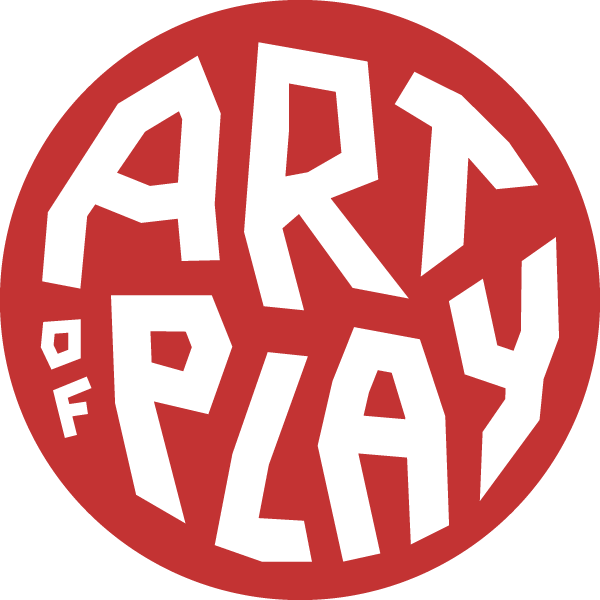
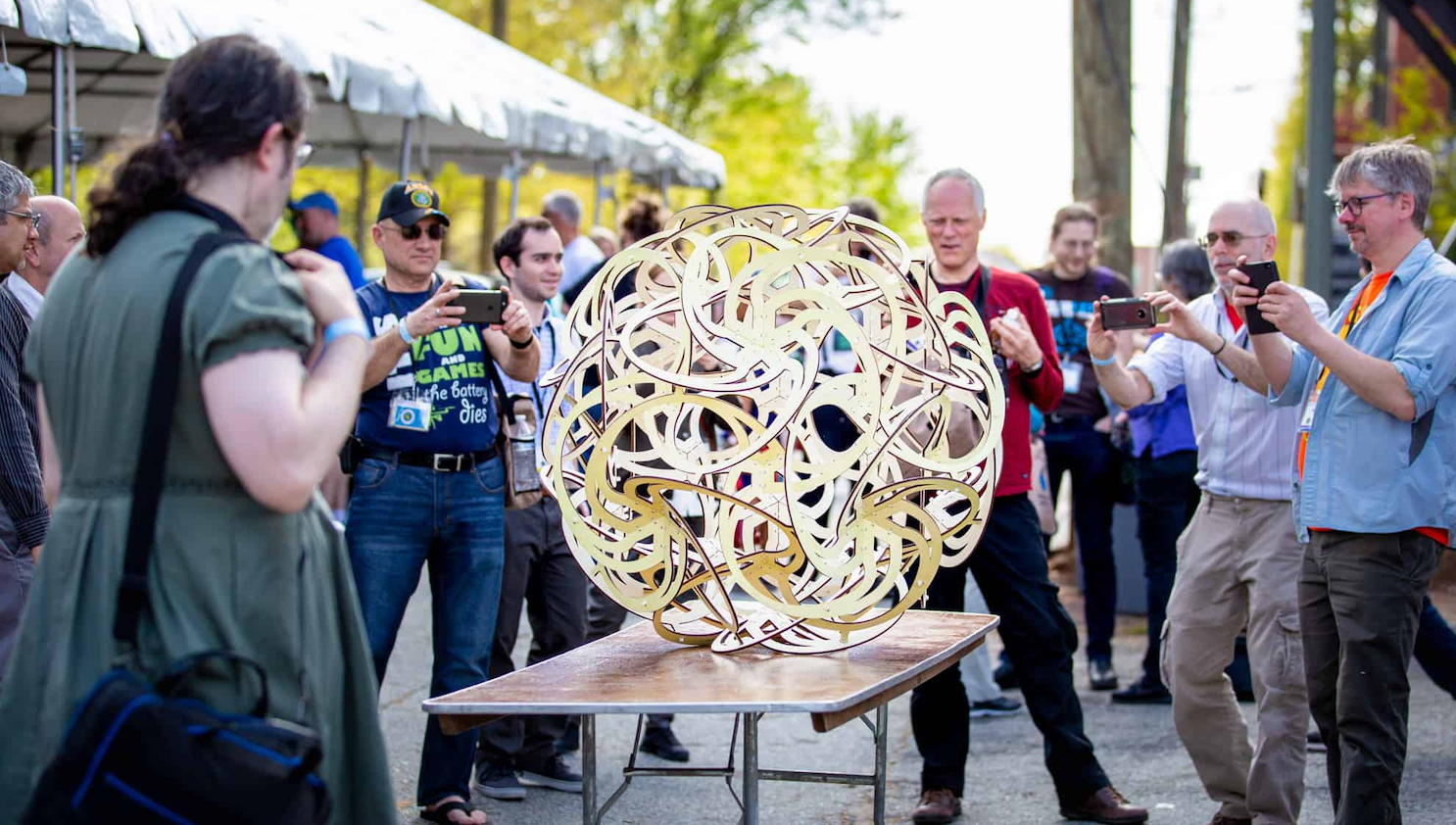
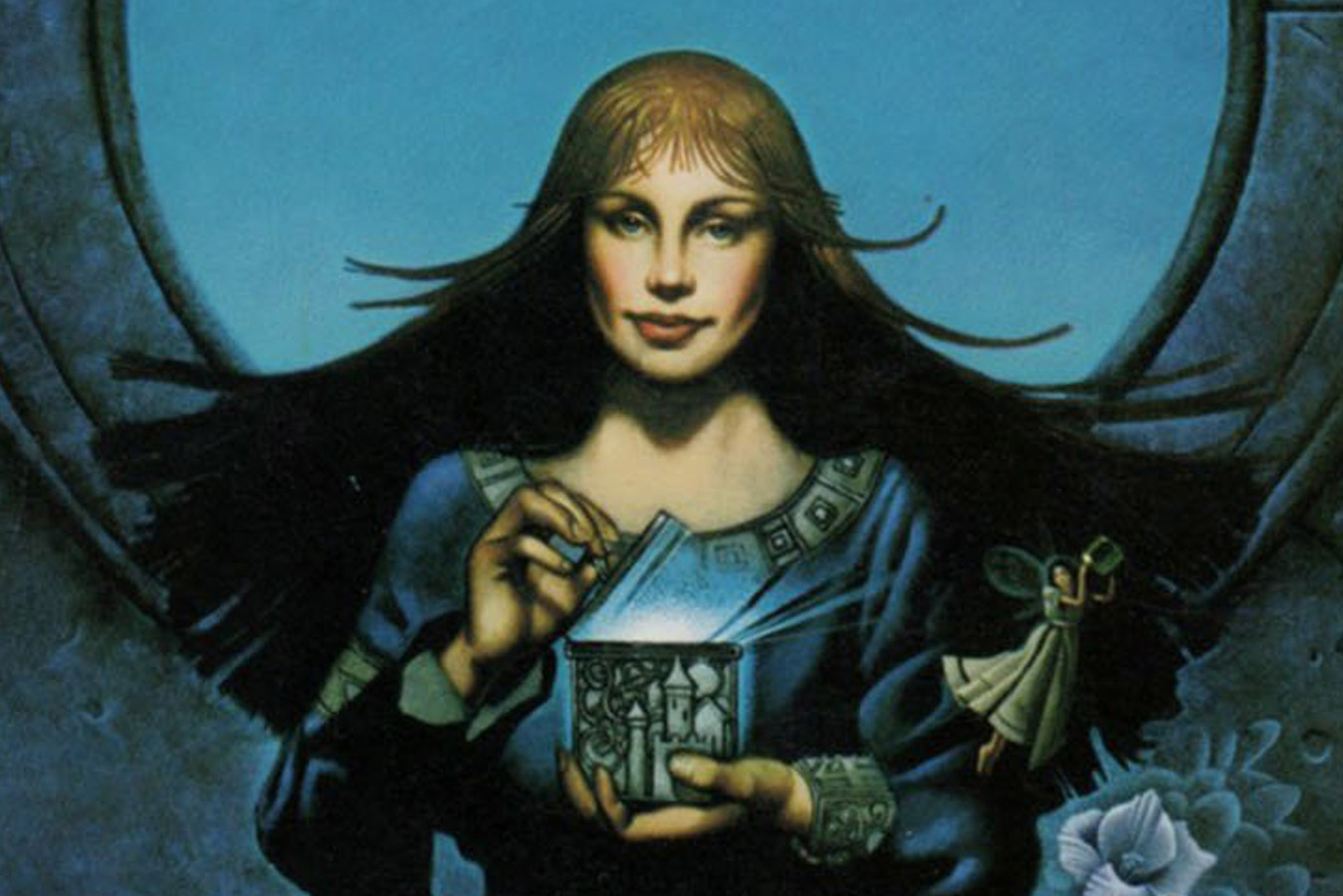
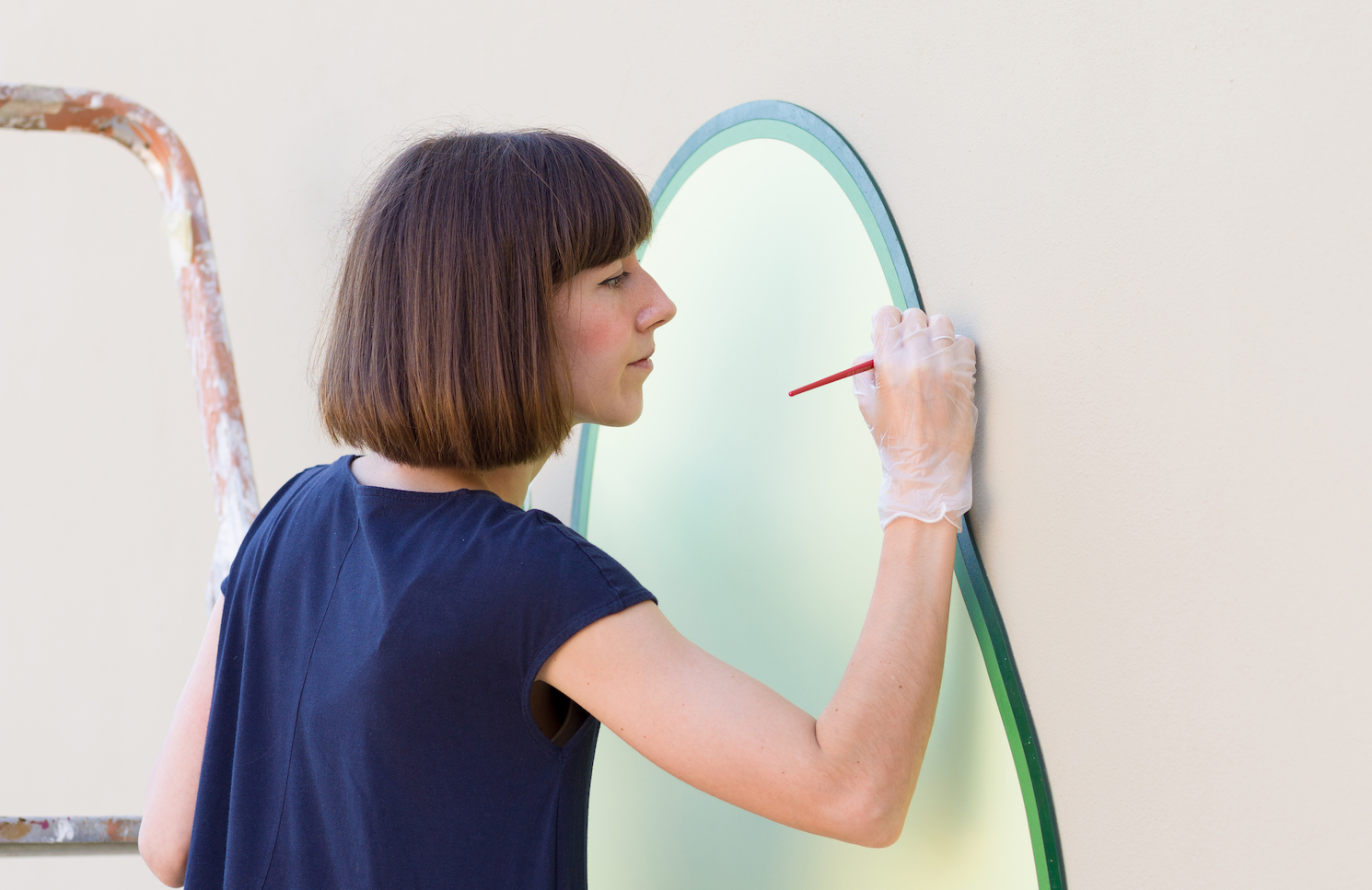
Leave a comment
This site is protected by reCAPTCHA and the Google Privacy Policy and Terms of Service apply.